A guide to Singapore's recently announced Carbon Tax
By Gautam JindalLast year, while presenting Singapore’s budget for 2017, the Singapore Finance Minister announced that Singapore will impose a tax on greenhouse gas emissions starting from 2019. At the time, the government announced that the tax would lie in the range of S$ 10 – 20 per tonne of carbon dioxide equivalent emissions.
However, while presenting the 2018 budget last month, the Finance Minister surprised many by setting the carbon tax at S$ 5 per tonne of carbon emissions for the first five year period of 2019 to 2023. By 2030, Singapore will revise the tax level to a value between S$ 10 – 15, based on the status of international climate change negotiations and contribution of other emission reduction tools.
The initial low tax rate which surprised many, also brought out the usual set of questions – Is the tax value stringent enough to drive action? Will it hurt the competiveness of local industry? How will the tax impact household expenses?
The price level, though it may not be treated favourably by either the environmental community or the industry; strives to find the right balance between the concerns of both these stakeholders. While environmentalists may claim that S$ 5 is insignificant as compared to the prices set in other countries such as Sweden where rates go up to € 123 (approximately S$ 200) , the tax does impose an additional cost of S$ 200 million annually on the fourty – odd large emitters that qualify to be under the tax coverage.
Furthermore, it is important to note that countries like Sweden did not straightaway impose a high Carbon tax level when it first implemented the scheme. Sweden started with a tax of 27 € per tonne of emissions in 1991, and progressively increased it to current levels. Also, the carbon tax rate for industry was always kept lower than the overall tax rate, in order to maintain their competitiveness.
Other countries and jurisdictions with carbon prices utilized different policy tools to protect their industry. For example, the European Union, South Korea, California, and many others implement
emissions “performance benchmarking”, wherein polluters who are more efficient than a pre-defined industry benchmark level generally get to emit a percentage of their emissions for free and only have to pay for the remainder.
In a public consultation session held earlier this year in January, a number of large emitters including power generation companies argued for adopting performance benchmarks, stating that emissions above the benchmark levels ought to be taxed heavily to appropriately incentivize inefficient companies to invest in emissions reduction initiatives. Companies that perform better than the benchmark should pay less or no tax at all.
However, the Singapore government noted that defining such benchmarks can be a complicated task with a number of limitations.
Firstly, the determination of the benchmark levels cannot be done transparently as businesses may have confidentiality concerns regarding their performance data. Secondly, for certain sectors such as specialty chemicals, internationally recognized performance metrics may not even be available. In such a case, each business may have its own interpretation of how to define a performance benchmark, which no doubt would suit their respective interests.
Consequently, the government chose to impose a smaller but uniformly applicable tax level with no rebates, arguing that this would be simpler and more efficient to implement.
With regards to the impact of the tax on consumers, the Singapore government has calculated that the tax will result in a 1 percent increase in average residential electricity gas prices. To offset this increase in retail cost, the government will increase the amount of rebates offered to low income households. However, there is no doubt that the government’s intention is to have the carbon tax passed through from power generation companies to the consumers, so that they can be nudged to invest in energy efficient appliances and practices. Towards this end, one can expect that the default electricity tariffs published by Singapore’s energy market regulator every quarter will eventually include a carbon tax component to accurately “reflect the actual cost of electricity”.
Since this regulated tariff serves as a benchmark for various plans offered by retailers, the retailers would undoubtedly have the opportunity to charge an additional carbon tax component from their consumers that is equal to the carbon tax component of the regulated tariff.
However, the extent to which the generators and retailers would be willing to pass-through remains to be seen. Assuming the 2017 average Wholesale Electricity Price (WEP) of about 8.1 cents per kWh in 2017, a straight pass-through of the S$ 5 carbon tax from Gencos would increase the retailers’ cost burden by about 2.6%.
At the same time, as the number of retailers in the market swells and they gear up for full retail contestability, retailers – both incumbents and new entrants, may be tempted to absorb a portion of the tax to offer competitive prices.
Gencos, especially the ones with the most recent and most efficient generators may also be able to reduce their respective retailer’s burden. In principle, these Gencos would generate fewer carbon emissions per unit of electricity output and thus, have a lower tax implication as compared to their competitors to be passed through to their retailers. This is also a reason for not offering performance benchmark based tax breaks to generators, as their lower tax liability with respect to their inefficient competitors would automatically enable them to differentiate their product (electricity) with a cheaper price.
At the other end of the power generation spectrum, the carbon tax should bring some cheer to solar PV developers as solar power becomes more financially attractive with respect to conventional generation. Yet, this advantage may be short-lived.
Singapore’s electricity regulator is also evaluating whether to adopt an “Intermittency Pricing Mechanism” which would impose an additional cost on PV projects depending on the variability of PV output.
As per a consultation paper from the Energy Market Authority, based on 2016’s average prices for various frequency balancing services, solar power could face an intermittency cost of S$ 3.56 per MWh with 1200 MWac of installed PV capacity, which would actually be higher than the carbon tax burden of S$ 2.12 per MWh of conventional generation.
Disclaimer: The views and opinions expressed herein are those of the author and do not represent the views and opinions of the National University of Singapore or any of its subsidiaries or affiliates.




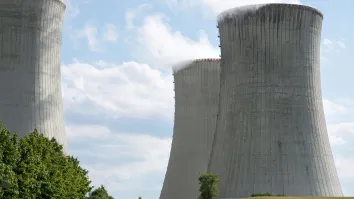
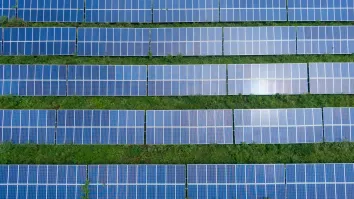
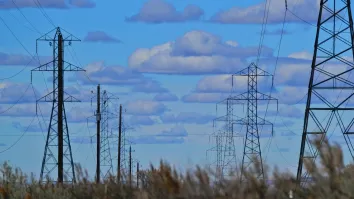




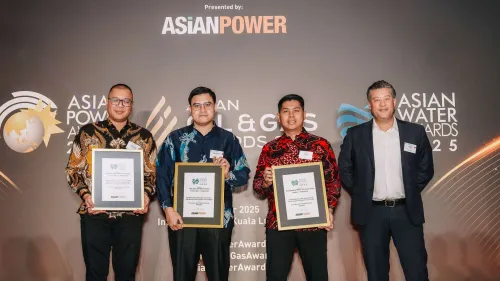

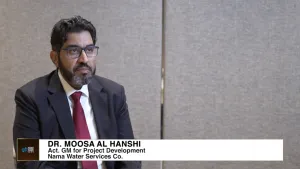






 Advertise
Advertise




